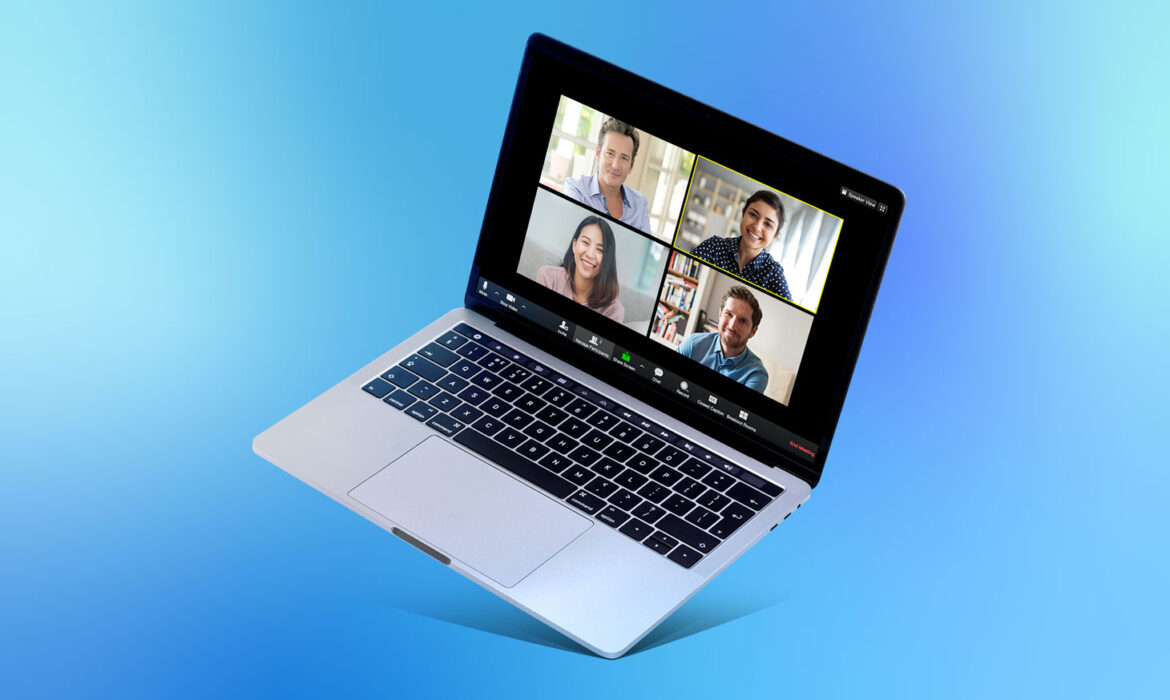COVID-19 measures are causing organizations to turn to video conferencing applications for remote working. Good cyber security hygiene can help keep out unwanted attendees, protect your employees and secure your data. Here are 9 security tips to help you manage access to remote conferencing platforms.
- Require passwords for all meetings
Meeting IDs can be guessed, allowing unauthorized attendees to join even if they have not received an invite. Never share meeting IDs on public fora (including social media) unless you intend the meeting to be open to all. Set a meeting password, which can be communicated by other channels to limit access. - The chairperson joins first
The chairperson or host of the conference should control admittance. Use the “waiting room” feature to manage those requesting to join and challenge unknown attendees before starting the conference. - Lock calls after everyone joins
Once invited attendees have joined, lock the meeting to keep out unknown attendees. - Be wary of unknown phone numbers
Beware of attendees dialing in from unknown phone numbers. Ask them to confirm their identity and expel them from the call if they refuse to do so. Check whether your conferencing application enforces passwords when dialing in. - Set up alerts when meetings are forwarded
Establish alerts so you know when meeting invites are forwarded over email to others; check any secondary invitees are legitimate and challenge the forwarding of the invite if not. If necessary, schedule a new meeting with new dial-in details. - Limit file sharing in the chat
Restrict file sharing in the message column of a conference call, so that any unknown attendees aren’t able to receive and open private documents, or send malware disguised as an attachment to other attendees of the call. - Prevent the recording of meetings
Block any attendees except for the chairperson or host from recording the meeting, or set up alerts to identify which attendee has started recording. - Use a business or enterprise license
Your employees need access to effective collaboration tools. Consider buying an enterprise license that allows you greater control over employee use and helps ensure that default settings are secure and meet privacy needs. - Be a great listener
Make sure that every attendee speaks at the start of the call, maybe even on video. It helps deal with isolation and identifies unknown attendees.
Source: Here



